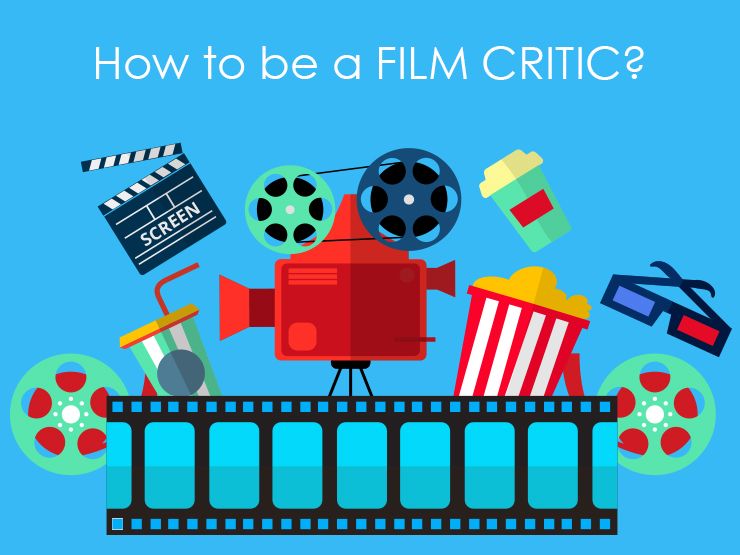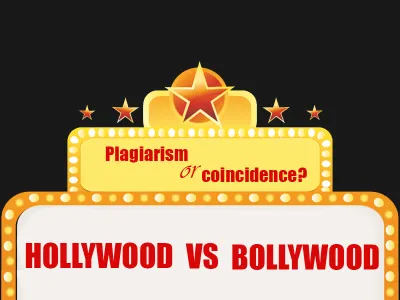
How to be a film critic?
What is a film critique?
Film critique or movie critique is a specific type of review that follows peculiar standards of writing, analyzing and presenting an evaluation on a particular movie. The main difference between average moviegoers and film critics is in the ability to objectively evaluate a movie. Surely, the criteria for a film critique are not based on special effects or mere ‘feelings’ it evokes.
In this article, we are going to learn basic points on how to critique a movie and write a film critique. Generally, writing a movie critique requires watching a movie two or even three times. This factor is crucial in order to make the review straightforward rather than built on impressions or aftertaste.
Follow these steps to learn how to critique a movie
So, by following these four steps below you can find out everything required for an excellent movie critique and; consequently, you’ll be able to draft one yourself.
What to include into a distinguished movie critique:
1.Summary
One of the essential parts of a movie critique requires a concise summary of the events that took place in the movie. The task of the film critic is to create an intriguing atmosphere that is supposed to interest a reader to at least read further or to watch a movie. This first part of the film critique is basically the retelling of the plot that usually includes exposition, rising and falling action, climax and finally, resolution. So, the summary would definitely include first two elements while avoiding climax and resolution in order not to spoil the whole movie.
2. Significance
Furthermore, the second part includes an analysis according to such criteria as genre and theme of the movie. Surely, historical, sci-fi, comedy or drama will differ in terms of evaluation and interpretation both for a professional critic or an average viewer. It is possible to nail down a significance of the movie by determining its genre and judging it against the established criteria of that genre. Admittedly, creative and innovative movies tend to receive higher rates and feedback from the audience, yet some of the genre-specific conventions are to be adhered to. So, the significance of the movie is another element of the movie critique.
3. Story elements
The third part of the critique includes an actual detailed analysis of numerous film elements, namely lighting, sound, cinematography, mise-en-scene and narrative. These technical specifications are part of the story analysis regarding the particular movie that will allow to break it into several parts. Sometimes, the plot might be intriguing with the well-developed story while the cinematography elements might have evident flaws. On the other hand, the opposite might be true, since excellent camera perspective and impressive visual tricks may occur in poor movie scenarios.
Consequently, the impression of a movie will be influenced by these factors.
4. Conclusion
In this final part of the movie review, a critic may add his/her overall impressions and general evaluation. Most of the time, the concluding part also covers a recommendation regarding a movie. Eventually, it may be explicitly stated or described throughout the review. It is also relevant to briefly restate a summary, significance and story elements of the movie in the closing paragraphs. Usually, different websites include ratings on various films (e.g. IMDb) that consist of both comments and critiques. Eventually, one can make inferences regarding whether it is worth seeing a movie or not.
Important:
Do at least two screenings of the movie before putting all of the thoughts in writing.
Example of a film critique
All the Invisible Children
As far as films break into several categories, one of them is a documentary which didn’t draw much of the attention, yet it does deserve a review. For example, the film “All the Invisible Children”, released in 2006, consists of 6 mini-movies (what is interesting, six different directors were involved in the filming process). This film contains six different but, at the same time, similar stories about children, who were humiliated and abused, and suffered for actually nothing. “All the Invisible Children” is a documentary film that evokes an emotional response since it exceptionally presents human’s unbearable pain through the bunch of symbols and framing effects.
At this point, the film contains the thread of symbols that are not shown carelessly, but with the purpose for the audience to remember it and connect to the next time it appears. For example, this technique is brightly emphasized in the second mini-movie called “Blue Gipsy”, where the main character sees a turkey running around; his facial expression tells that he is scared while he misses the goal in his gates. The next time he sees a turkey when he is about to escape from the police, and the turkey appears while he gets hit and faints. Similarly to Jorash, other kids in the film have their own symbolic items like a doll, musical tape, swing, and others.
Here we can compare it to the “My Sister’s Keeper” where the brother tears the portrait of his sister into pieces, being aware that she is going to die. Although this symbolic item is not used as effectively throughout the movie as it was used in the “Invisible Children” when the angles of portraying items and lighting were on symbols from the beginning until the end.
Another point is the distance feeling and the meaning with which the film is endowed. First of all, the film is created by six different people from different perspectives and the distance feeling is different as well. If in the first movie you feel somewhere away from Africa and their problems, the part about the girl who discovered her diagnosis results of inhering the AIDS from her parents is much tenser. Therefore, the distance between the scene and the audience is shortening.
Final thoughts
Nowadays, many film reviews are made based on the impressions, special effects, and the popular opinions. However, a creative movie critique combines such points as plot significance, symbolism, minor effects (e.g. story elements) and turns an opinion into a quality review. By following the aforementioned steps, one can learn how to write a movie critique and become a voice in the modern cinematography.



